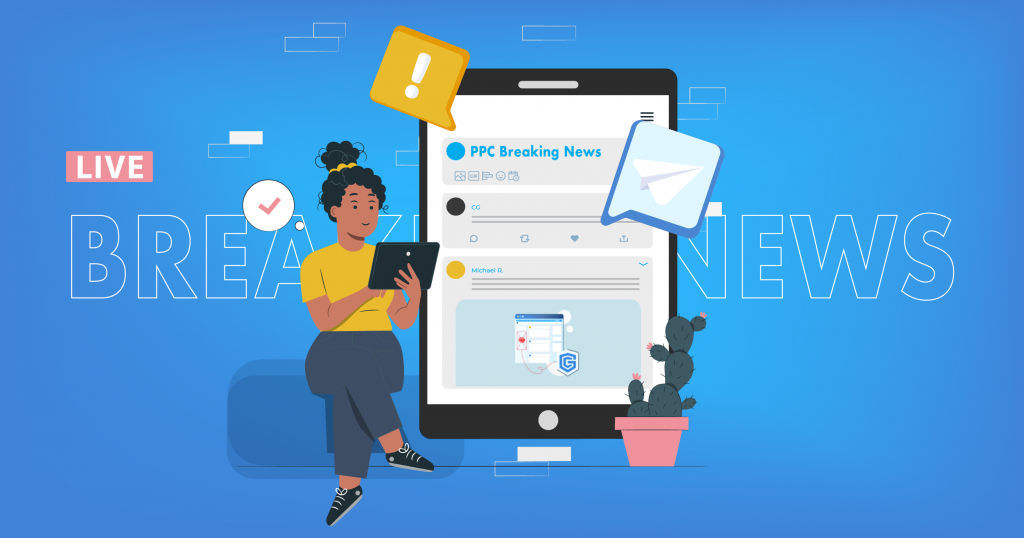Surprise! Google Ads has once again released an update. New year new Google Ads, huh? More specifically, an official announcement says that there are three Google Ads automated extensions changes coming. The update boasts a 20% increase in click-through rate thanks to ad extensions, so this update can possibly exceed that percentage.
What Are Google Ads Automated Extensions?
Automated extensions are a type of ad extension that is created by Google’s algorithm. Automated extensions are meant improved ad performance and give users more changes to convert customers by making ads more clickable. Some of the main Google Ads automated extensions include callouts, sitelinks, and structured snippets, for example.
What Are the Main Google Ads Automated Extensions Changes?
Google Ads has changed their automated extensions so that manual and automated extensions are shown together. This effect is to be available mid-March, and it allows for automated extensions to be shown with manually created extensions, instead of having them be separate.
These Google Ads automated extensions changes bring in plenty of novelty for marketers. For example, if a user creates two sitelinks manually, then Google Ads will up the ante and show two more dynamic sitelinks, for a total of four sitelinks all together.
Next, Google Ads automated extensions are changing reporting. Google Ads will provide a report for extensions that are automatically created, and this can be viewed on the Extensions page.
These reports include an analysis of automated extensions at an individual level. Plus, as a user reviews extension performance, it becomes possible to pause or remote an automatic extension as needed.
Furthermore, automated extensions can be added at an ad group, campaign, or account level. This will also come into effect in mid-March, and sitelinks, callouts, and snippes from higher levels will be compatible with extensions of the same type with lower levels.
Previously, these extensions were created at a granular level, and therefore would prevent higher level extensions of the same type from serving. This change not only helps Google’s machine learning (yay for algorithms), but it will also select the best extensions on a user’s account, which in turn will help create a more engaging ad.
Why Should You Care about the Google Ads Automated Extensions Changes?
As stated previously, this update boasts a 20% increase in click-through rate with automated ad extensions. Results will vary, however, and 20% is not guaranteed. Still, it’s a high enough percentage that no one will want to miss out on the advantages. Plus, automated extensions will force marketers to check the performance data of automated extensions, allowing marketers to pause or remove any that are underperforming.
Google Ads announced changes to automated extensions. Starting mid-March, Google Ads is making it possible to show automated and manual ads together, which was something that users were previously unable to do.
Google Ads is also changing how automated extensions report. Reports are automatically created and are shown down to the individual level so that users can see exactly what is happening with their extensions. Finally, Google Ads is also allowing automated extensions at an ad group, a campaign, or an account level.
We don’t know how successful this update is going to be, and we don’t know if the 20% increase is accurate either. Only time will tell when it comes to automated extensions – for now, it’s best to calculate whether you should opt in or out of automated extensions.



